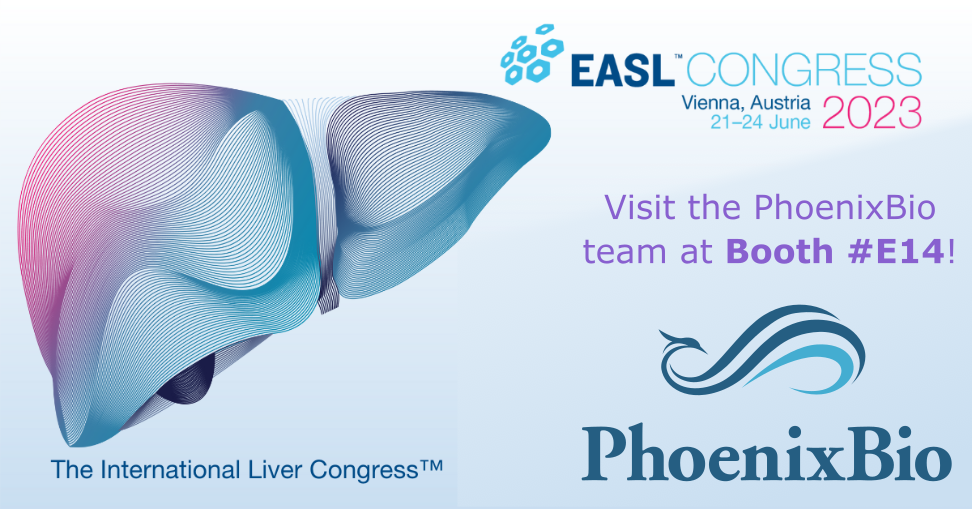13 September 2023
2023 International HBV Meeting
PhoenixBio is delighted to be attending the International HBV Meeting in person at the Kobe International Conference Center in Kobe, Japan on September 19th - 23rd, 2023. We'll be sponsoring the conference and providing talks on preclinical models. Meet with our team to learn more about PhoenixBio's capabilities and how we can help you advance and deliver tomorrow’s therapies.





